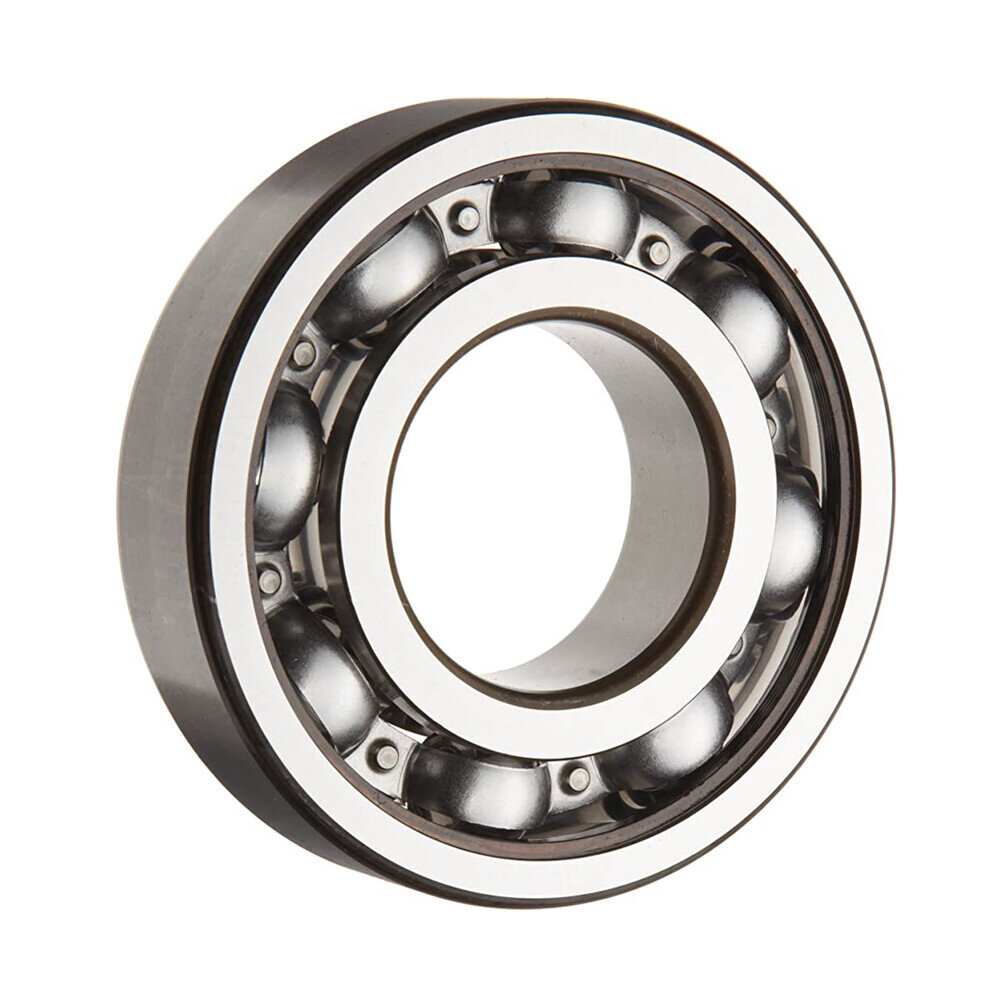Self-Aligning Ball Bearing Dimensions: A Complete Size Chart
Self-Aligning Ball Bearing Dimensions: A Complete Size Chart
Blog Article
Understanding the Self-Aligning Ball Bearing Size Chart
Self-aligning bearings cross interchange are vital components of various machines and equipments, well-known for their ability to accommodate irregularities and lessen friction. These bearings are particularly useful in applications where shafts may experience misalignment due to assembly errors or the operation of. Knowing the dimensions and specifications of self-aligning ball bearings are essential to select the correct bearing for your needs. This guide provides a comprehensive overview of the key dimensions and specifications to consider.

Dimensions and Basic Specifications
Self-aligning ball bearings can be found in a variety of dimensions and specifications, each suited to specific applications. The most important dimensions to take into consideration include bore diameter, outer diameter and width. These dimensions are usually specified in millimeters, and are crucial to determine the bearing's compatibility with the machine you are using it.
The Bore Diameter (d): This is the diameter inside the bearing that is fitted onto the shaft. Bore diameters range from a small amount of 10 millimeters to more than 100 mm, depending on the bearing size. A precise measurement of the bore diameter is crucial to ensure a proper fit and avoid issues such as excessive play or shaft misalignment.
Outside Diameter (D): The outer diameter is the total size of the bearing, that determines the way it fits inside the housing or support structure. It is vital to ensure that the bearing will fit within the specified space. The outer diameter can be varied in the range of 30 millimeters to 150 millimeters or more.
Width (B): The width of the bearing is its distance from the inner and outer rings. This size affects the bearing's capacity to carry loads and overall stability. Widths are usually offered in a variety of sizes to accommodate the different requirements of load and space limitations.
Load Ratings and Material Specifications
When deciding on self-aligning bearings, load ratings are another important aspect to consider. Bearings are subjected to different types of loads, which include radial and axial loads. Self-aligning ball bearings are designed to withstand radial loads as well as moderate axial loads equally in all directions. Load ratings specified as dynamic and static load ratings, show the bearing's ability to handle these forces without premature failure.
Dynamic Load Rating (C): This rating is a measure of the bearing's capacity to manage radial loads in operation. It is typically expressed in the kilonewtons (kN) and is a reflection of the bearing's performance under normal operating conditions.
Static Load Rating (C0) A static rating demonstrates the bearing's ability to withstand static loads without causing excessive deformation. This rating is essential in applications where the bearing will be exposed to heavy loads when stationary.
The materials used in self-aligning ball bearings, like ceramic or steel, have an impact on their performance and longevity. Good quality bearings usually make use of materials that offer greater longevity and resistance corrosion and wear.
Design Variations and Features
Self-aligning ball bearings come in various design configurations, including open, shielded and sealed versions. Open bearings permit direct cooling and lubrication however, they require maintenance on a regular basis. Shielded bearings, on the other hand, feature metal shields that guard against contaminates while reducing the requirement for regular lubrication. Sealed bearings have rubber seals which provide the highest level of protection from moisture and dust, making them ideal for extreme conditions.

Conclusion
Choosing the right self-aligning ball bearing involves knowing the essential dimension and specification, such as dimensions like bore size, diameter of the outer, width as well as load rating. If you take into consideration these parameters and the design and material variations that you have to choose a bearing that ensures maximum performance and long-term durability to meet the requirements of your particular application. Whether for industrial machinery or consumer products, precise bearing selection is key to achieving an efficient and reliable operation. Report this page